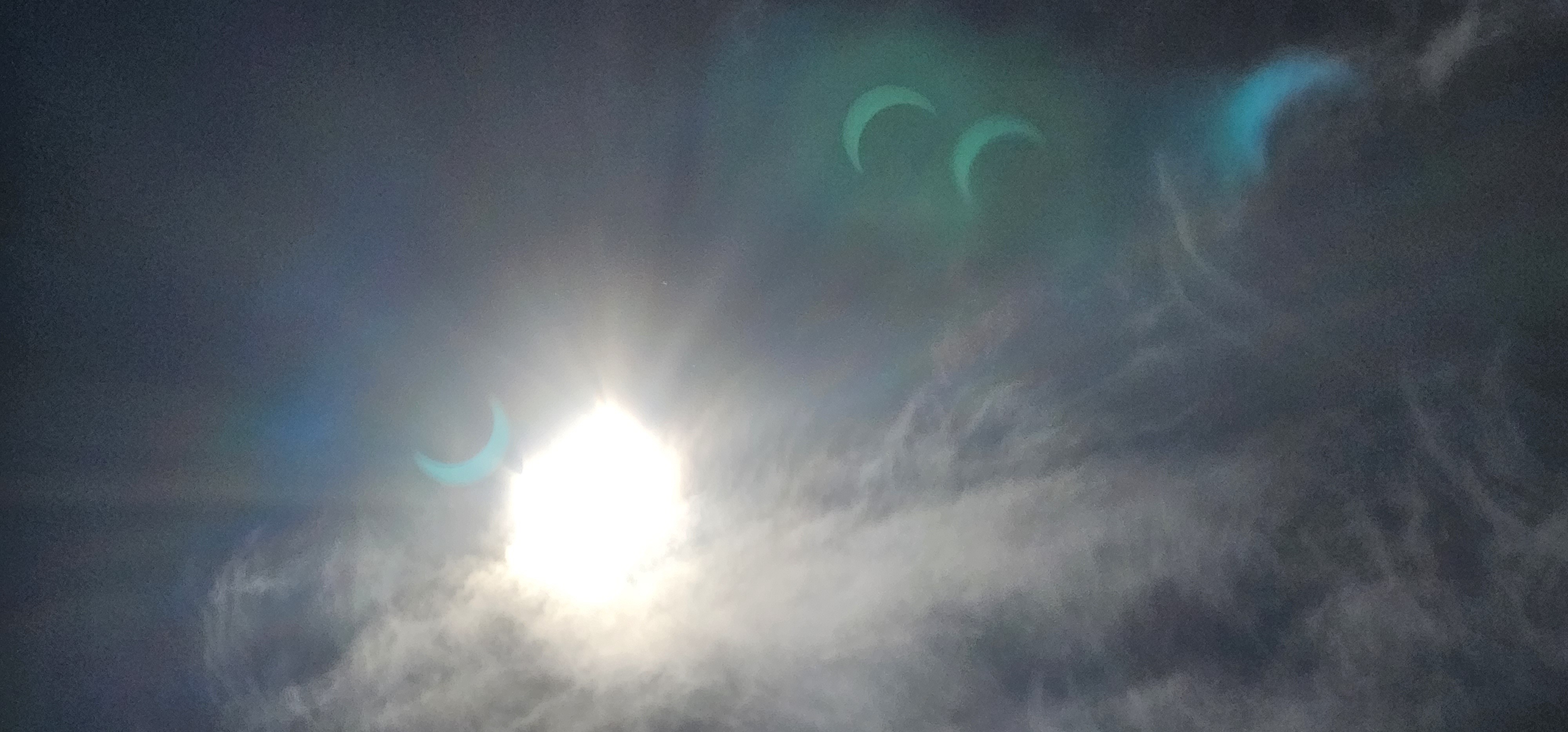this post was submitted on 14 Oct 2023
158 points (97.0% liked)
pics
21311 readers
609 users here now
Rules:
1.. Please mark original photos with [OC] in the title if you're the photographer
2..Pictures containing a politician from any country or planet are prohibited, this is a community voted on rule.
3.. Image must be a photograph, no AI or digital art.
4.. No NSFW/Cosplay/Spam/Trolling images.
5.. Be civil. No racism or bigotry.
Photo of the Week Rule(s):
1.. On Fridays, the most upvoted original, marked [OC], photo posted between Friday and Thursday will be the next week's banner and featured photo.
2.. The weekly photos will be saved for an end of the year run off.
Instance-wide rules always apply. https://mastodon.world/about
founded 2 years ago
MODERATORS
you are viewing a single comment's thread
view the rest of the comments
view the rest of the comments


Your camera lens is made of several pieces of glass. The glass is designed to admit as much light as possible on to the sensor, but at each layer, a small amount is reflected.
If the source light is bright enough, especially in comparison to the background, these reflections bounce around a bunch and eventually hit the sensor. Normally, any reflections are very faint and get washed out by the rest of the image, but the sun is like 1000x brighter than the sky, so even a weak reflection shows up.
Also known as a "lens flare".
ahhh, this is what the cause of lens flare is?